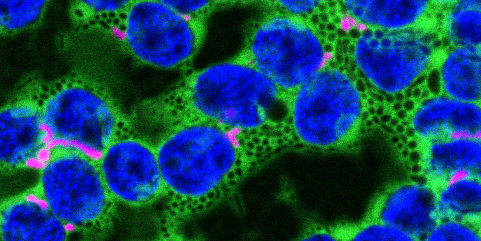
Protection Against Reactive Carbonyl Species
Research, The Plant Cell, The Plant Cell: In a NutshellSchmitz et al. investigate the physiological significance of the glyoxylase system in Arabidopsis https://doi.org/10.1105/tpc.17.00258
By Jessica Schmitz and Veronica G. Maurino
BACKGROUND: In every living cell, side reactions of enzymes and spontaneous reactions of metabolites inevitably…

Nitric Oxide and Diatoms
Blog, Plant Physiology, Plant Physiology: On The Inside, Research, Research BlogAll gases in the N cycle, including nitric oxide (NO), are present in oceans, either because of gas exchanges at the air-water interface or because they are produced within oceans themselves. NO, a physiologically important gaseous transmitter, is generated in seawater by nonbiological photochemical…

Chemical Defenses of Maize Roots
Blog, Plant Physiology, Plant Physiology: On The Inside, Research, Research BlogOf the many classes of natural products produced by plants, terpenoids are the most structurally diverse, with well over 25,000 established compounds. In maize (Zea mays), terpene olefins are nearly ubiquitous components of induced volatile emissions following biotic stress. In contrast to our understanding…

Lignin Bioengineering in Poplar
Blog, Plant Physiology, Plant Physiology: On The Inside, Research, Research BlogLignified cell walls constitute an important renewable and sustainable feedstock for the production of fermentable sugars, biochemicals, and biomaterials. In biorefineries, plant cell wall polysaccharides are depolymerized into simple monomeric sugars, a process called saccharification. These sugars…

J. Exp. Bot. Special Issue. The plant cuticle: old challenges, new perspectives ($)
Blog, Plant Science Research Weekly, Research, Research BlogThe cuticle is a cell-wall polymer that protects against desiccation, pathogens and UV light. Domínguez et al. provide an open-access editorial that describes this fine collection of articles covering all aspects of the plant cuticle, from its evolutionary origins to its ecological significance. Within…
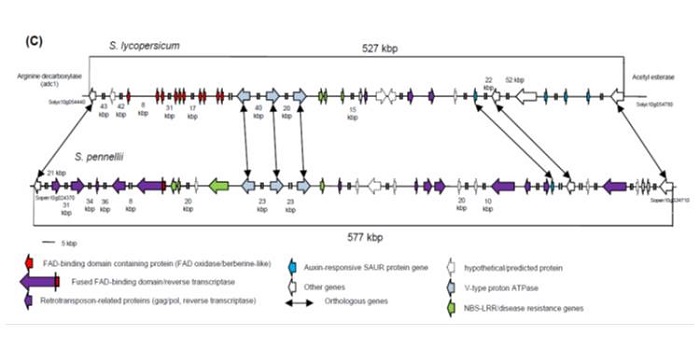
Canalization of tomato fruit metabolism
Blog, Plant Science Research Weekly, Research, Research BlogPlants are noted for their phenotypic plasticity, but there are also examples of phenotypic canalization, which Alseekh et al. define as “the property of those phenotypic traits showing no environmental effect when individuals of a specific genotype are exposed to a set of different environments.”…
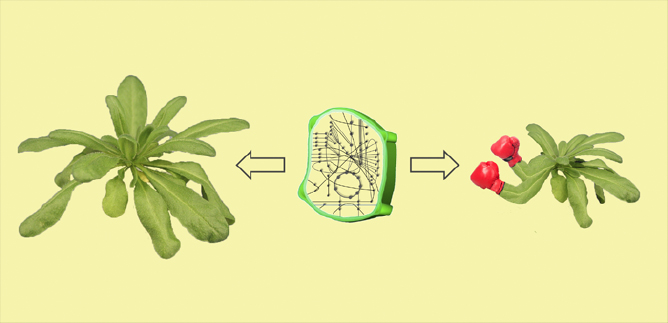
To Grow or to Defend: That is the Question for Plant Central Metabolism
Research, The Plant Cell, The Plant Cell: In a NutshellFusari et al. perform GWAS to explore primary plant metabolism https://doi.org/10.1105/tpc.17.00232
By Corina M. Fusari and Rik Kooke
Background: Primary metabolites such as sugars, organic acids, and amino acids are essential chemical compounds that drive plant growth and development by providing…
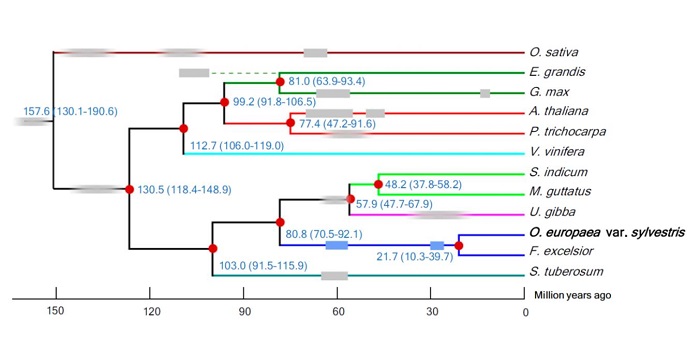
Genome of wild olive and the evolution of oil biosynthesis
Blog, Plant Science Research Weekly, Research, Research BlogOlive oil is a staple of the healthy “Mediterranean diet” and contains high levels of the monounsaturated fat oleic acid. Unver, Wu et al. present the genome of the wild olive tree (Olea europaea var. sylvestris) (draft sequences of domesticated olive trees without extensive functional annotation…
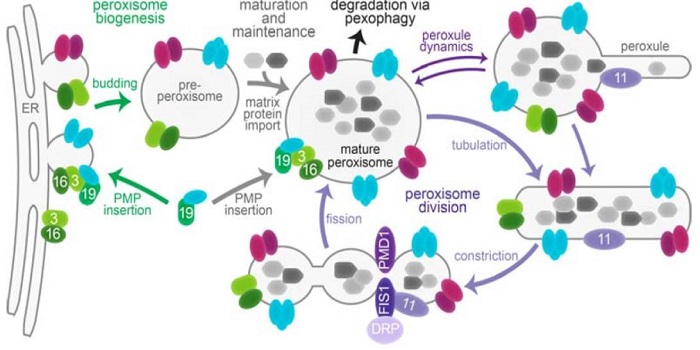
Update: Peroxisome function, biogenesis, and dynamics in plants
Blog, Plant Science Research Weekly, Research, Research BlogPeroxisomes are endoplasmic reticulum-derived membrane-enclosed organelles in which many oxidative enzymatic reactions are compartmentalized. These reactions and their products contribute to energy production, detoxification, and signaling. Kao et al. review our understanding of the plant peroxisome,…

